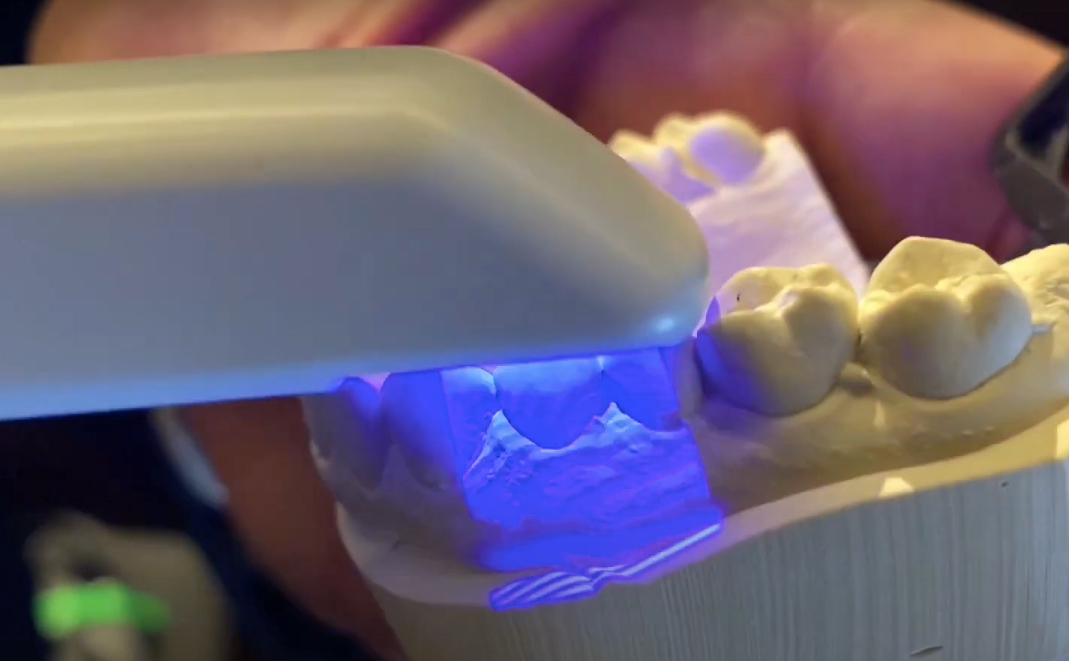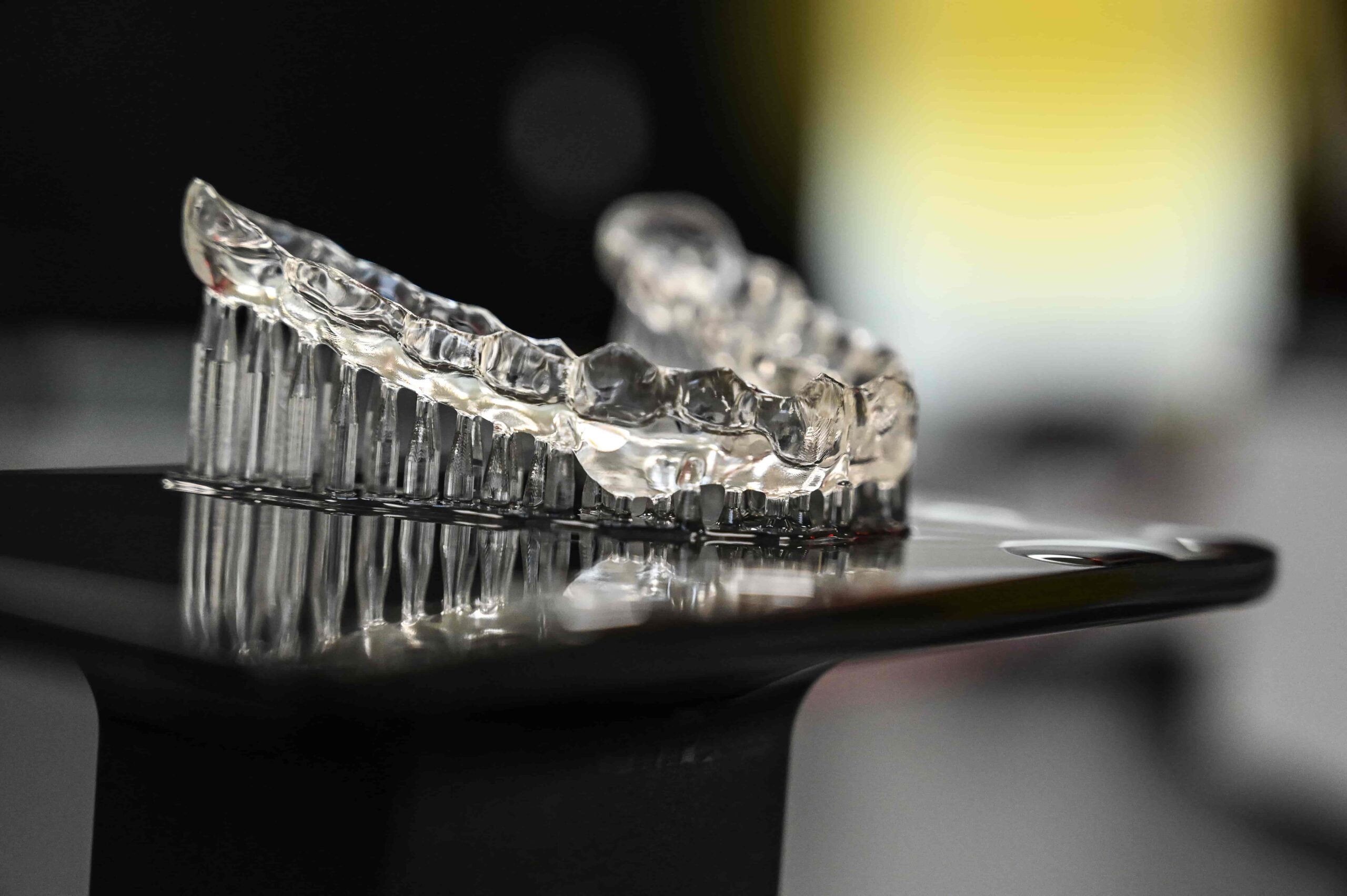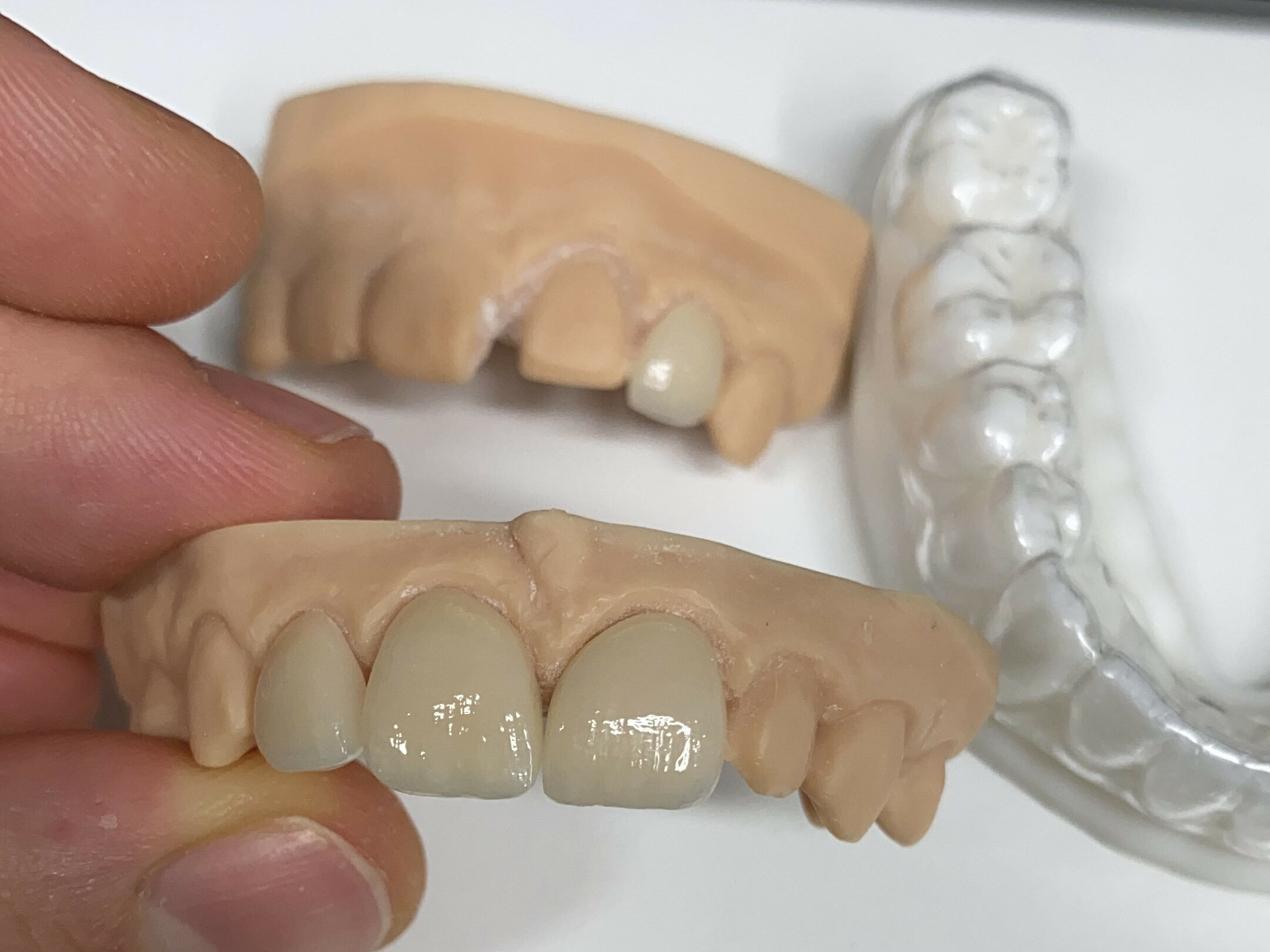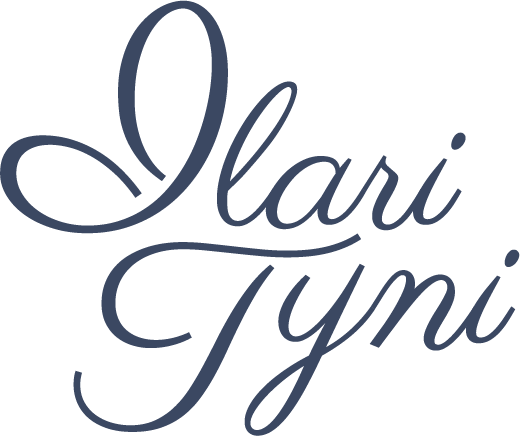Digital Techniques
Teeth Scanning

Optical impressions in modern dental care make use of an intraoral camera that captures a video feed of your teeth and soft tissue. The recorded information is converted into a 3D model on the computer immediately.
Intraoral scanner
Design
The dental 3D design of your teeth made with the help of optical impression is digitally transferred into the design software. With the help of the software, each desired structure is converted into a 3D model, which is a complete replication of the predicted physical outcome of your teeth. CAD allows mixing of facial and dental photographs, 3D radiographs (CBCT images), or 3D facial images, for example, to support a symmetrical and esthetical design. After the completed design, the structure will be transferred into computer-aided manufacturing (CAM) for machining.
3D facial image = three-dimensional surface image of face
CBCT image = image captured by using Cone Beam Computed Tomography, three-dimensional radiograph of osseous structures

Milling


The designed structure is transferred from the computer to the 3D milling machine to be processed (CAM). The 3D milling unit either mills or grinds the structure from a hard raw material according to the design (CAD). The final product is a complete replication of the designed structure measured at an accuracy of a few microns.
CAD = Computer-Aided Design
CAM = Computer-Aided Manufacturing
3D printing


